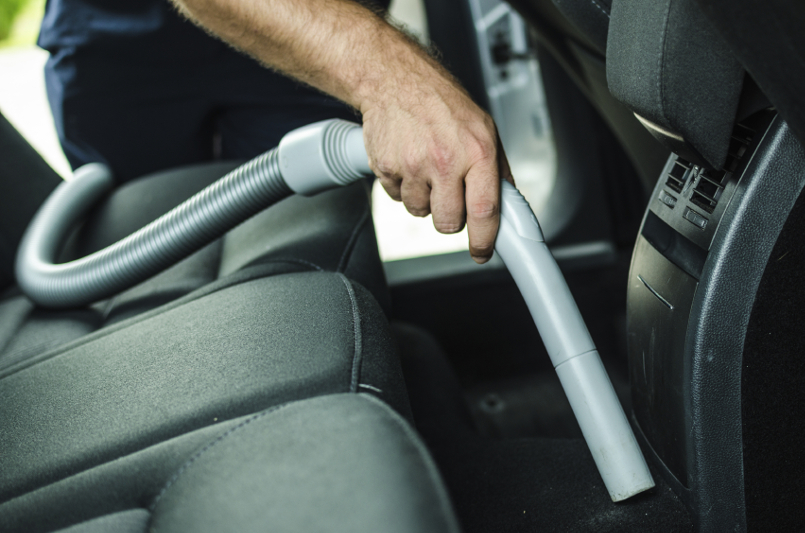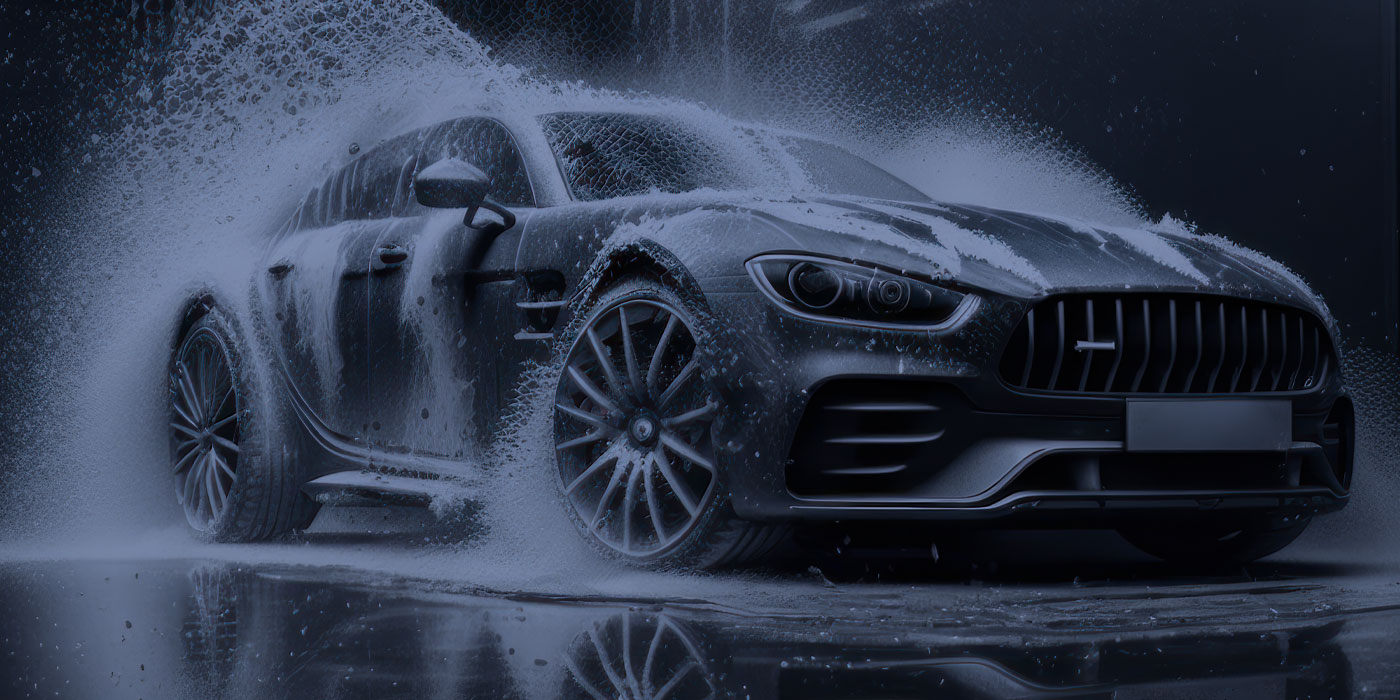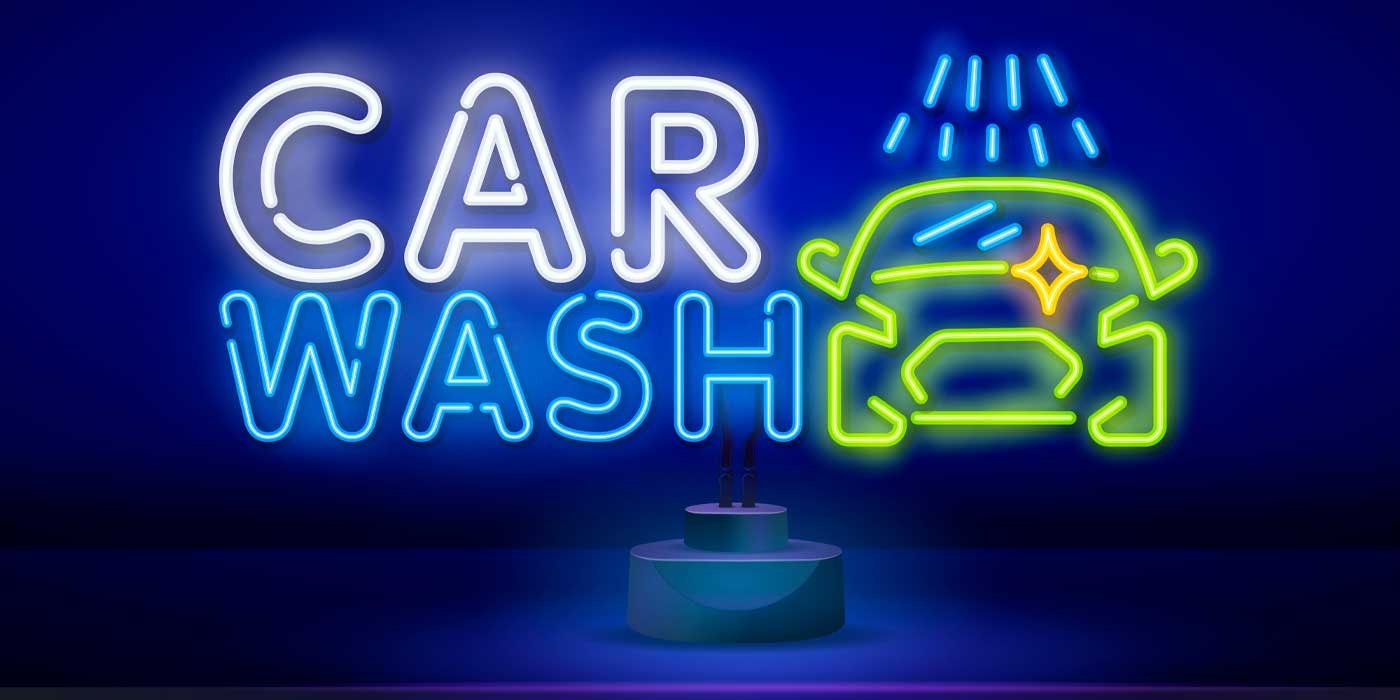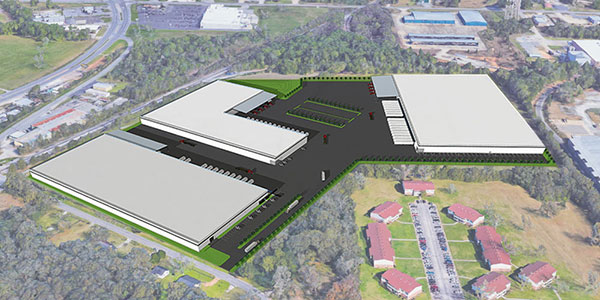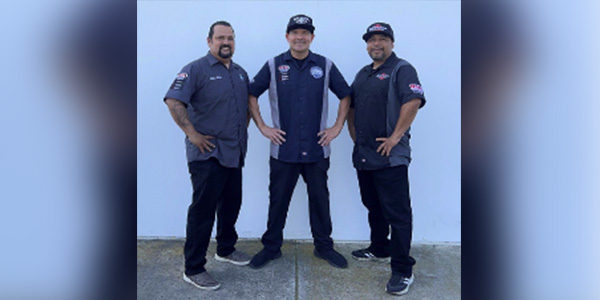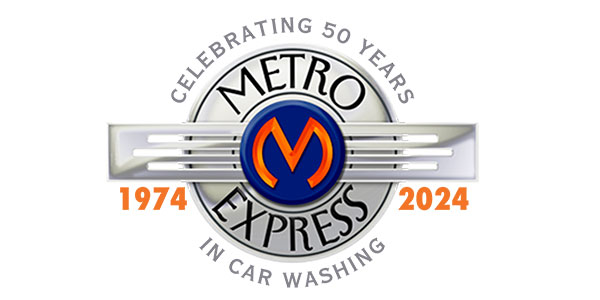If your business involves cleaning the interior of a customer’s car, then this article applies to you. No matter what the nature of your business — full-service, express, self-service, detailing, etc. — the process of cleaning the interior of a car starts with a good vacuum job. And, to do a good job, you need a good vacuum.
A basic interior cleaning may only include a vacuum service and a quick wipe down of the interior surfaces; or, it may be much more involved, including a carpet and upholstery shampoo or steam cleaning. In any case, it is critically important that the carpet and upholstery are thoroughly vacuumed before proceeding to any subsequent process.
Do not just vacuum up the dirt and debris sitting on the surface; make sure to get all the sand, dust and debris buried in the roots of the carpet and upholstery fibers. Unless you remove all the dirt, any further cleaning will be compromised and the overall result will be inferior. As industry professionals, your customers expect a level of service they cannot do on their own.
So what does it take to do a really good vacuum job? Well, it takes a really good vacuum.
Performance measurements
A vacuum’s performance can generally be defined by two measures: the maximum air flow the machine can generate (cubic feet per minute, or CFM) and the maximum sealed suction power the machine can produce (inches of water lift — as measured on a water column gauge). These are terms most people might already be aware of; however, how these measures relate to the performance of a vacuum might not be as well-understood.
To put things in terms most people can understand, let’s relate the performance of a vacuum to the performance of a car. In the vacuum, the air flow (CFM) and the water lift (inches) are measured. This is similar to how, in a car’s engine, the rotational speed (RPM) and the torque (feet/pounds) are measured. To have a fast car, an engine with high RPMs is needed. And, for a car to be able to quickly accelerate, haul heavy loads and climb hills, an engine that generates high torque is required. For optimal performance, a balance of these two elements is necessary— enough speed to go fast and enough torque to overcome the resistance of quick acceleration, heavy loads and hills.
Proper execution
To move dirt you need to have air flow. The bigger and heavier the chunks of debris are, the faster the air flow must be to pick up the dirt and make it move. To maintain high levels of air flow against greater resistance, you need to have higher water lift.
When vacuuming a customer’s carpet and upholstery, air flow is only needed to lift the debris sitting on the surface. However, if you want to suck up the dirt and debris buried deep in the weave, you need to have a vacuum that generates higher suction. It is the higher water lift that enables the vacuum to maintain enough air flow to move the dirt, despite the heavy resistance to the air flow that the carpet and upholstery impose on the vacuum.
In short, the suction power (water lift) of the vacuum dislodges the dirt, and the vacuum’s air flow picks the dirt up and pulls it into the machine.
High-quality results
To achieve the best possible results when vacuuming a car, vacuum equipment must have the performance capabilities to get the job done. Furthermore, ensure the equipment installation does not do anything to detract from the performance of the vacuum, or at least not enough to prevent achieving the desired result.
In my opinion, a dedicated vacuum, with one hose, will provide the best performance for a car care business. Today, big central vacuums with multiple drops and variable frequency drives to control the motor speed are rising in popularity. However, in my experiences, these systems generally cannot maintain the high suction power needed to deep clean the carpet or upholstery when multiple hoses are “in use” at the same time.
A dedicated vacuum equipped with a single hose will produce 100 percent of the air flow and suction power the vacuum can generate. A vacuum with more than one hose may be able to ramp up the air flow to accommodate both users; however, if one person is trying to suck dirt from deep in the carpet (which requires suction power) and the other user has his or her tool in the air at the same time, the vacuum is going to draw air in through the path of least resistance and will not create the suction power needed to dislodge the dirt from deep in the carpet. For this reason, I recommend a single-user vacuum setup, as opposed to a central vacuum system.
For best results, carwash owners, operators and workers should consider the following best practices:
- Buy a vacuum that generates at least 100 CFM air flow.
- Buy a vacuum that produces at least 100 inches of water suction power.
- Have a dedicated vacuum for each hose.
- Keep your filters clean.
- Make sure all seals are in good condition.
- Validate that your hose and tools are in good condition.
- Empty your vacuum regularly.
Owners, operators and workers should not:
- Buy a consumer grade “shop vac” (these have good air flow but lousy sealed suction).
- Try to run multiple hose drops from one central vacuum generator (you will suffer from reduced sealed suction power).
- Locate your vacuum so that a long pipe or hose run is required to get to the work area.
- Neglect your vacuum.
As mentioned, if your goal is to provide superior interior cleaning services, you need equipment capable of performing at a superior level. If you consider all the information provided in this article and follow some of the basic recommendations outlined, you are one step closer to making the right choice for your business.
David H. VanGorder is the president of Doyle Vacuum Systems LLC, located in Kentwood, Michigan.

